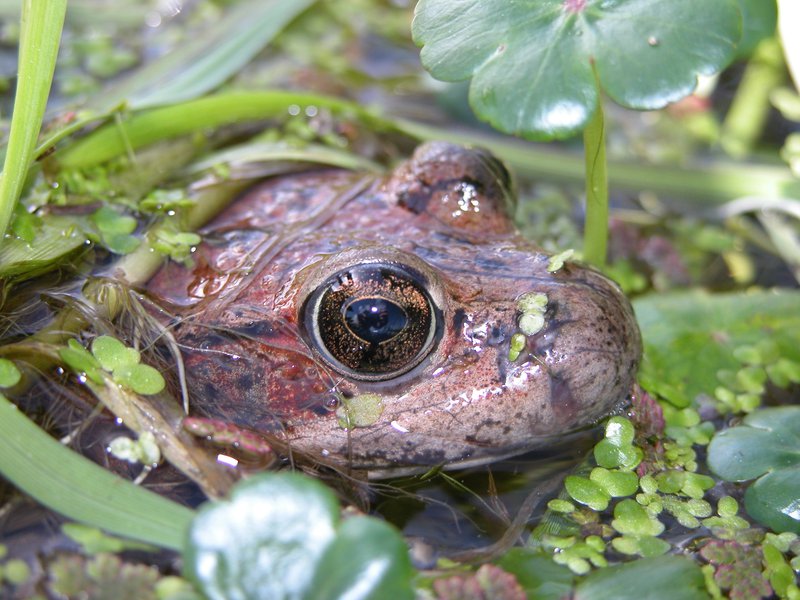20
Nov
Memo Released by EPA Proposes Increased Aquatic Allowances for Endocrine-Disrupting Atrazine
 (Beyond Pesticides, November 20, 2019) Continuing its marathon of deregulation to benefit the chemical industry, the Trump administration’s Environmental Protection Agency (EPA) released a memo announcing its proposal to increase the amount of the weed killer atrazine allowed in U.S. waterways by 50% during the chemical’s registration review—a stark reversal of previous proposals to significantly reduce atrazine levels in the environment. The proposal comes after agrichemical giant Syngenta and the National Corn Growers Association requested that EPA dismiss independent research regarding the adverse impact of atrazine.
(Beyond Pesticides, November 20, 2019) Continuing its marathon of deregulation to benefit the chemical industry, the Trump administration’s Environmental Protection Agency (EPA) released a memo announcing its proposal to increase the amount of the weed killer atrazine allowed in U.S. waterways by 50% during the chemical’s registration review—a stark reversal of previous proposals to significantly reduce atrazine levels in the environment. The proposal comes after agrichemical giant Syngenta and the National Corn Growers Association requested that EPA dismiss independent research regarding the adverse impact of atrazine.
Atrazine, a broadleaf herbicide, is linked to endocrine disruption, neuropathy, and cancer. It disrupts the sexual development of frogs at levels far below the current allowed concentrations by EPA. Studies by Tyrone Hayes, Ph.D., University of California, Berkeley, and others have shown that concentrations as low as 0.1ppb interfere with mammary gland development in the breast of mammals. In 2009, a study linked birth defects like gastroschisis and choanal atresia to time of conception and the relative concentrations of atrazine and other pesticides in drinking water.
The current Concentration Equivalent Level of Concern (CELOC), a measure in place to protect aquatic organisms, for atrazine is a 60-day average concentration of 10 ppb. EPA’s proposal would increase the CELOC to 15 ppb. This new EPA position reverses a 2016 assessment with the following findings:
This refined assessment presents the ecological risks posed by the use of the herbicide atrazine. Based on the results from hundreds of toxicity studies on the effects of atrazine on plants and animals, over 20 years of surface water monitoring data, and higher tier aquatic exposure models, this risk assessment concludes that aquatic lant communities are impacted in many areas where atrazine use is heaviest, and there is potential chronic risk to fish, amphibians, and aquatic invertebrates in these same locations. In the terrestrial environment, there are risk concerns for mammals, birds, reptiles, plants, and plant communities across the country for many of the atrazine uses. EPA levels of concern for chronic risk are exceeded by as much as 22, 198, and 62 times for birds, mammals, and fish, respectively. (EPA, Refined Ecological Risk Assessment for Atrazine, April 2016)
An analysis of annual drinking water quality reports released last winter revealed that drinking water systems in the Midwest have seasonal exceedances of the allowable limit for atrazine. This explains why, instead of changing practices that pollute water systems, the chemical industry is eager to increase the allowable limit.
“Disregarding independent science and instead paying heed to the guidance of corporations is corruption pure and simple,” said Barbara Dale, Marketing and Public Education Manager at Beyond Pesticides.
Nathan Donley, a scientist at the Center for Biological Diversity, said in a press release, “To please Syngenta, the Trump EPA has rejected decades of independent research showing atrazine can’t be safely used at any level. The pro-industry zealots now running the EPA’s pesticide office are making a mockery of science and eliminating key safety measures, all for company profits.”
This administration’s EPA tests advocates’ endurance for outrage. As we face cascading environmental crises and public health threats, the agency is contributing to the problem rather than solving it. Next month, EPA will publish the Proposed Interim Decision and there will be a 60-day public comment period. Stay tuned to Beyond Pesticides Action of the Week for more.
All unattributed positions and opinions in this piece are those of Beyond Pesticides.
Source: Center for Biological Diversity










